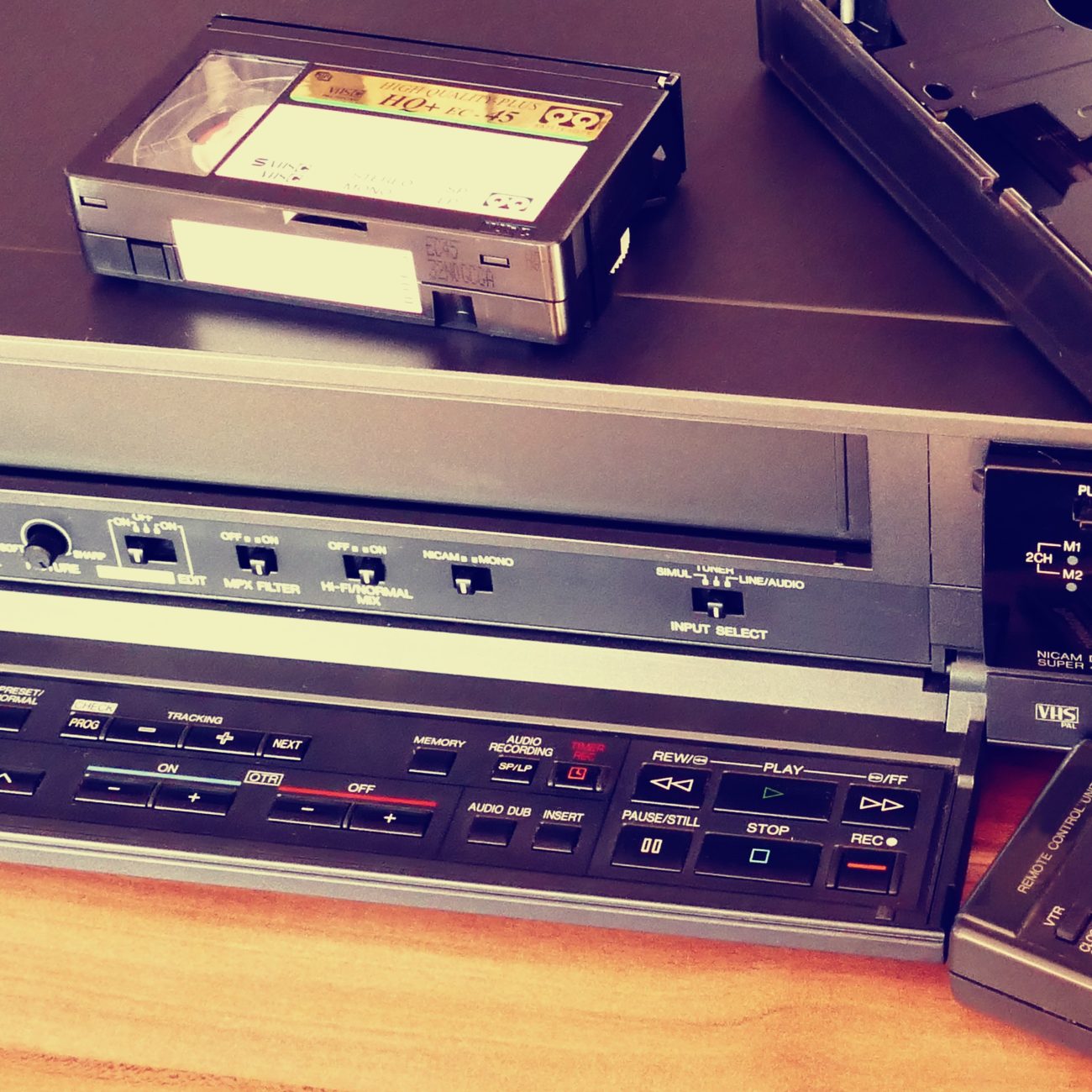The Hazard of Electronic Waste in “Rage Rooms”
What is a Rage Room?
Rage rooms are rapidly growing in popularity in California, the United States, and the rest of the world. A rage room, also known as a smash room, is a business where people can vent their anger by intentionally destroying objects, including e-waste. The “room” often resembles a living room or kitchen filled with breakable items; or, the room may be almost empty, and painted with graffiti on all sides.
You are unlikely to find a specialized “e-waste rage room;” e-waste will be one of several different types of items available for “smash therapy.” Many rage rooms allow their clients to bring their own possessions to destroy in the room. Other items will be:
- plates and dishes
- ceramics
- trophies
- photo frames
- other symbolic items
Electronic Waste (E-Waste) in Rage Rooms
E-waste is popular in rage rooms because it is widely available, people want to get rid of it, it takes several minutes to destroy, and clients report enjoyment from destroying items such as CRTs, plasma monitors, and laptops since these can be gradually broken without causing upper body pain. Items considered unpopular are CPUs, which are difficult to dent and have no glass; and cordless phones, which are considered too small and narrow.
The dust generated from destruction of e-waste in rage rooms was determined to be hazardous and dangerous to inhale.
Rage rooms are not allowed by law to destroy any other type of regulated waste either. This includes universal waste lamps, certain appliances, and any type of hazardous waste. Smashing of e-waste, or any other type of regulated waste, is illegal treatment.








Rage Rooms in the Media
Rage rooms have been featured by prominent news outlets as unique businesses and a “different” type of social activity to share with friends. When rage rooms include destruction of e-waste, the coverage does not represent the regulations or the laws governing e-waste management.
Enforcing E-Waste Regulations in Rage Rooms
While DTSC does not consider rage rooms themselves to be illegal, destruction of e-waste in rage rooms is illegal. Rage room companies in California that destroy e-waste are investigated by DTSC’s Enforcement and Emergency Response Division and Office of Criminal Investigations, and face serious enforcement, penalties, and shutdown of their operations.

Did you learn about a new rage room?
If you learn about a new rage room in your area, contact DTSC to file an environmental concern as soon as possible. Do not assume that DTSC is aware of a particular rage room.
Notify Us About It
E-Waste Dismantlers: Interacting with Rage Rooms
There are generally two ways e-waste dismantlers come into contact with rage rooms:
Situation 1
A rage room operator may ask you to sell or donate your unwanted e-waste to them. It is illegal to send your e-waste to a rage room since it is not a universal waste handler. California Code of Regulations, title 22, section 66273.38(a) prohibits an e-waste facility from sending e-waste to a place other than another universal waste handler, destination facility, or foreign destination.
Rage rooms are not universal waste handlers, even if they attempt to notify DTSC as such, because they do not meet the notification requirement to collect e-waste for the purposes of e-waste recycling or proper hazardous waste disposal. DTSC will likely cite you with a Class I violation for sending e-waste to a rage room for destruction pursuant to California Code of Regulations, title 22, section 66260.10.
Situation 2
You may be contacted by a rage room operator asking you to come take their smashed e-waste. While it’s allowable for you to accept broken e-waste that can still be recycled, you should not accept severely damaged e-waste that can no longer be disassembled and recycled for its component parts.
If you are willing to work with a rage room to accept their broken e-waste, your personnel should visually evaluate any broken e-waste before agreeing to accept it. You should advise the rage room operator to contact a hazardous waste disposal company to take any broken e-waste that cannot be recycled, i.e., is so badly damaged that you can’t separate components for further recycling. Remember, accepting e-waste that cannot be recycled is a violation.
Hazardous Waste Links
- Hazardous Waste Home
- Certified Appliance Recycler (CAR) Program
- CUPAs
- Defining Hazardous Waste
- Electronic Waste (E-Waste)
- Emergency Response Program
- Enforcement
- Facilities (TSDFs)
- Generators
- Hazardous Waste ID Numbers
- Hazardous Waste Management Plan
- Hazardous Waste Manifests
- Hazardous Waste Tracking System
- Household Hazardous Waste
- Metal Recycling
- Metal Shredding Facilities and Wastes
- Permitting
- Toxics in Products
- Transporters
- Universal Waste
- Form 1358
- California Hazardous Waste Codes
Hazardous Waste Related Links
- Annual/Biennial Reports
- Annual Fee Summary
- Customer Billing Portal (Cost Recovery)
- DTSC Advisory on the Management of Spent Fuels
- EnviroStor
- Hazardous Waste Publications
- Find a Registered Hazardous Waste Transporter
- Hazardous Waste Policies & Procedures
- Hazardous Waste Project Documents
- Imports and Exports of Hazardous Waste
- Kettleman Hills Facility
- Land Use Restriction Sites
- Office of Criminal Investigations
- PV Modules (Solar Panels)
- Regulatory Assistance Office
- Report an Environmental Concern
- Retail Waste

